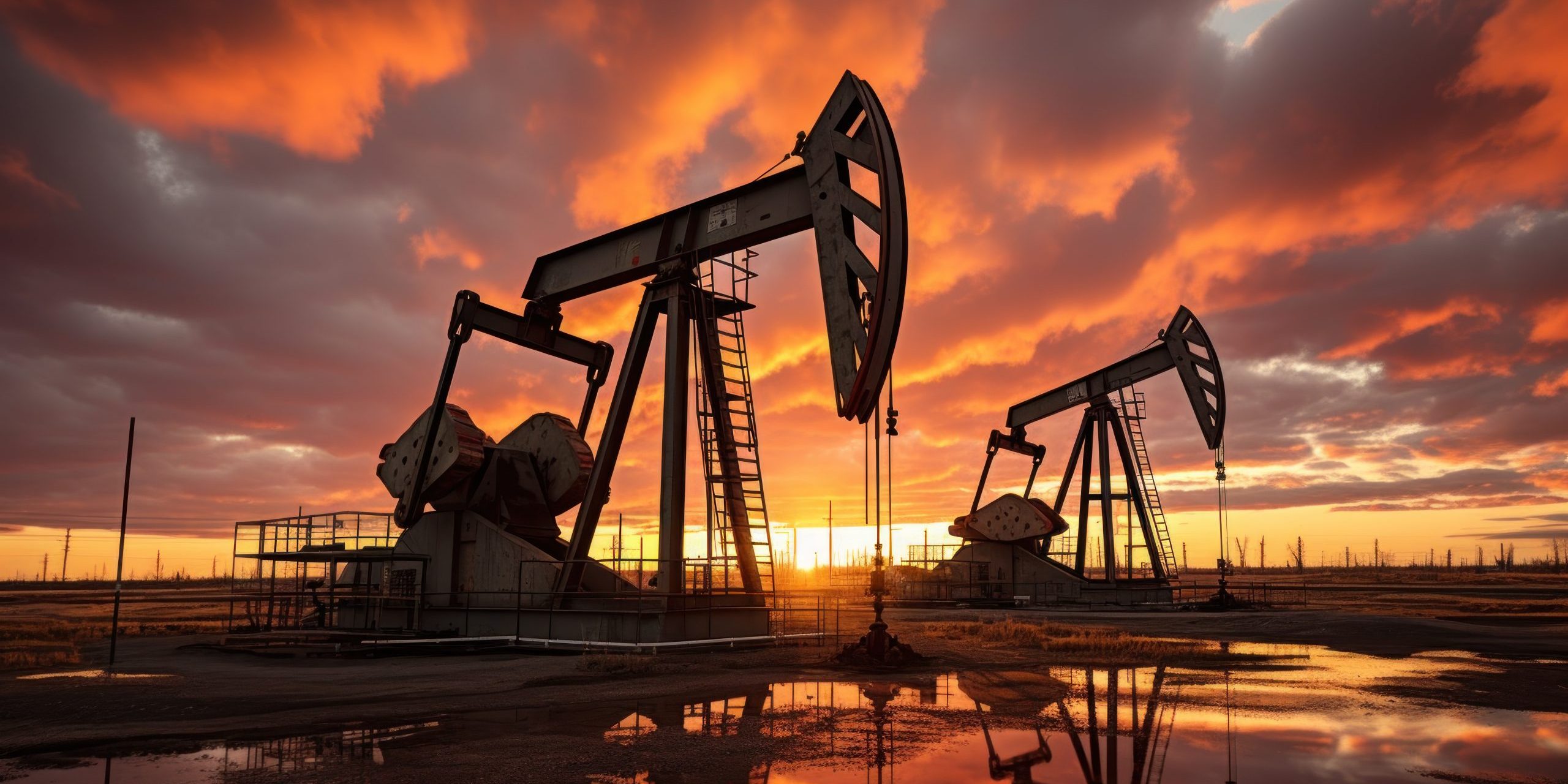Photo: Freepik
BP’s Murlach field was taken out of use in 2004. New technologies have made it economically viable again – Saknarong Butsabong/Shutterstock
BP is to reopen a key North Sea field and pump new oil and gas for at least a decade, despite Ed Miliband’s attempts to cut back the offshore industry.
The energy giant is reviving the Murlach field, which was declared uneconomic and taken out of use in 2004, has now become viable partly due to new technologies.
BP won agreement to reopen Murlach, 120 miles east of Aberdeen, under the previous government and has since been installing equipment, with production potentially restarting next month.
The milestone comes despite efforts by the Energy Secretary to bring an end to new fossil fuel production in the North Sea. Mr Miliband and his predecessors have almost doubled the taxation rate on oil and gas profits and banned the issuing of licences for new exploration and production.
BP said the Murlach field contained 20 million barrels of recoverable oil and 600 million cubic metres of gas – enough to keep it in production for 11 years. “Murlach is expected to produce around 20,000 barrels of oil and 17 million cubic feet of gas per day,” it said.
It means BP can partially reverse the decline in North Sea output, which has seen oil production fall from 96,000 barrels per day in 2020 to 70,000 last year. Gas production has fallen from 221m square feet a day to 197m.
North Sea ‘on death’s door’
The move has infuriated environmental campaigners, who say BP and other energy companies should leave oil and gas in the ground.
Dr Doug Parr, Greenpeace UK’s policy director, said: “The North Sea is on death’s door. Reserves are drying up and what’s left and untapped is barely enough to keep it on life support. The only sensible thing to do is to pivot [from] the North Sea to something we have an abundance of, and something that will never run out – wind.”
BP’s success at Murlach follows a similar story at Shell, which restarted production from its Penguins oil field north of Shetland earlier this year – despite Greenpeace protesters boarding its new production vessel.
The field went into production in 2003 but had to be shut down in 2021 when the Brent Charlie production platform was decommissioned. Production restarted this year with Shell expecting 45,000 barrels a day once in full flow.
Mike Tholen, of trade body Offshore Energies UK, said: “Redevelopment of decommissioned fields is now a feature of the North Sea as new and innovative technologies make such opportunities possible.
“Looking ahead, the independent Climate Change Committee says the UK will need 13 billion to 15 billion barrels by 2050 come what may. We could produce half of this at home. But at the moment only four billion barrels are on track to be realised, which means imports will have to rise and the UK economy will miss out as jobs and capital move overseas.”
Recent research from the North Sea Transition Authority, the Government’s oil and gas regulator, found that there were over three billion barrels of oil and gas in fields already in production – with another six billion in known potential developments.
Another 3.5 billion barrels of potential resources have been tentatively identified as exploration targets. Abandoned oil and gas fields could offer some of the richest opportunities.
Robin Allan, chairman of BRINDEX, which represents the UK’s smaller independent oil and gas producers, said: “There are significant oil and gas reserves and resources left in the UK North Sea but output is declining largely because of government policy, not geology.
“We need a policy which incentivises oil and gas exploration and production. The windfall tax should be removed immediately and the ban on exploration removed.”
A spokesman for Mr Miliband said: “We are committed to delivering the manifesto commitment to not issue new licences to explore new fields because they will not take a penny off bills, cannot make us energy secure, and will only accelerate the worsening climate crisis.
“We are delivering a fair and orderly transition in the North Sea, with the biggest ever investment in offshore wind and two first of a kind carbon capture and storage clusters.”
Source: msn








